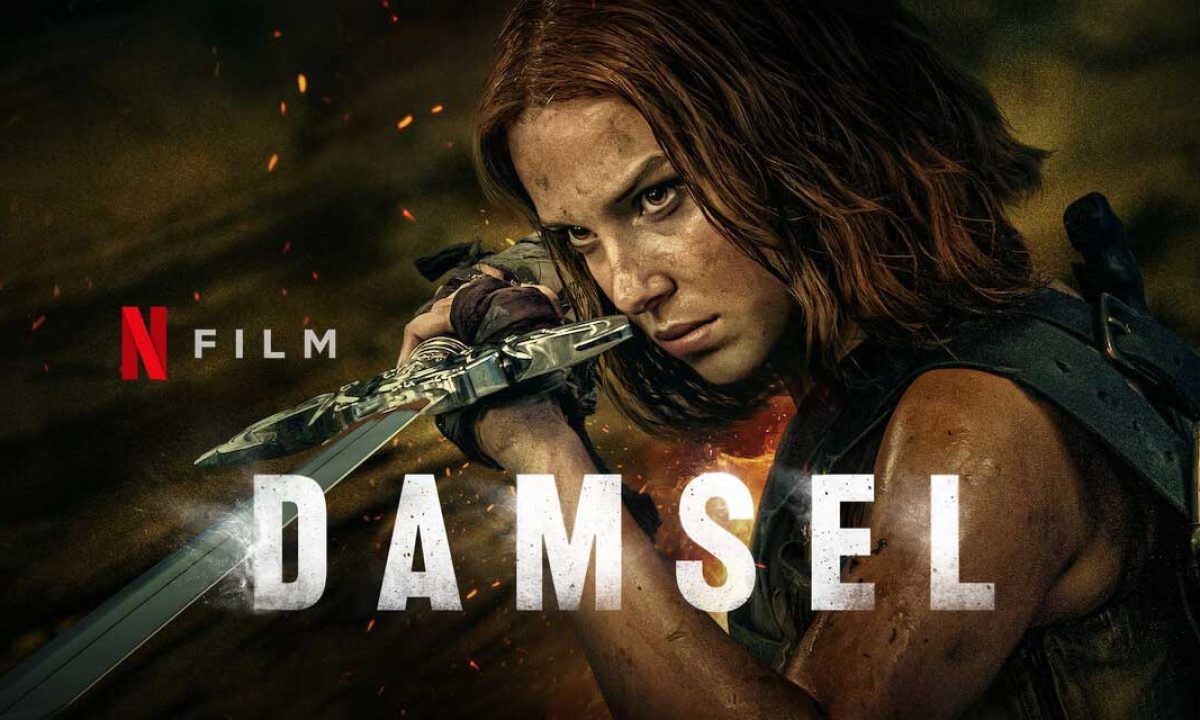In more ways than one, The Wardrobe: Even Better Edition feels like a relic of a bygone era.
Aside from the occasional title from Telltale Games, it isn’t often I find myself dabbling in point-and-click adventures (and even they walk the line between point-and-click / cinematic game), and I imagine the same could be said for a lot of you. They are a genre we don’t hear much of these days, and I’ll be honest, I can’t say I have a whole lot of pent up desire for them. Still, seeing one can be a neat, little throwback and a nostalgic treat. That’s what The Wardrobe: Even Better Edition amounts to, altogether, I think – a neat, little throwback and a nostalgic treat.
Released in late-2019 on the Nintendo Switch and two years earlier on Steam, The Wardrobe was developed by C.I.N.I.C. Games and published by Gamera Interactive. As demonstrated in the cover artwork, the videogame has a colorful, enthusiastic art style that would feel right at home as a series on Cartoon Network.
The story is thin and straightforward – our protagonist Skinny is on a picnic with his bestfriend Ronald when he has an allergic reaction to a plum, resulting in his death. Five years later, Skinny returns from beyond the grave, serving as Ronald’s guardian angel and living secretly inside his wardrobe. The actual story progression as it unfolds feels a lot like a filler episode of a cartoon – your friend is moving to a new house, and you have to make sure your wardrobe survives the move.
Something you have to understand about The Wardrobe, above all else, which is the reason I played it and, I think, is the reason most players will be drawn to it, is the sheer amount of references and Easter Eggs embedded inside of it. The Wardrobe is a videogame clearly made by fans of popular culture, through and through. In the screenshots alone, I found obscure references to classic Nickelodeon cartoons like Fairly Odd Parents!, as well as Cartoon Network series’ like Ed, Edd, and Eddy.
A lot of The Wardrobe’s charm is tailored made for a certain demographic, specifically … my demographic (someone born in the 90s and spent most his childhood at the turn of the millennium). The videogame’s best moments are when it plays out like a “Where’s Waldo?” of references, and it so happens I hit the sweet spot of being able to understand nearly all of them. It isn’t only cartoons either, but references to things you went onto watch. Frank from Donnie Darko makes a not-so subtle appearance. Hell, there is even a reference to the first season of Dexter buried in.
Say what you will about referential based humor, and, chances are, I will agree with you. Like Family Guy before it, it isn’t so much humor as wedging as much popular culture on the screen as you can, and having the audience think, “Oh, I’ve seen that! I saw that too! Oh, I loved that movie!”, which is far from the highest denominator of comedy. Although there are actual jokes here and there, and some occasionally well-done bits of visual humor through the references, it is largely a superficial, shallow experience.
However, that shouldn’t take away from the actual enjoyment the stroll down memory lane can offer. There is a reason viewers flocked to Family Guy, and it isn’t a derogatory reason. It’s softball, low stakes (not to say Family Guy never achieved beyond that) and agreeable humor that goes down easy, and the references create a sense of shared experience, like reflecting on memories with an old friend.
At its best, that’s what The Wardrobe offers, and I had fun with that.
As a videogame experience, The Wardrobe, however, has a lot of room to improve. One of the reasons I am never too eager to revisit certain point-and-click videogames (like Sam & Max) are the absurd, moon-logic puzzles, unaccompanied my clues or proper explanation. This videogame epitomizes that, to the point my wife and I had a walkthrough always a fingertip away. Sometimes, part of the fun, was looking up the solution and laughing at how absurd the answer was. “In a million years, who would of thought to do that!?”
As prefaced, the story leaves a lot to be desired, but, so to do the characterizations, which I think could’ve been enough to elevate the flimsier-than-ideal storyline. The Wardrobe is short length, requiring about four hours or less, but I think that is for the best. Given its dependency on references and its simplicity, I think The Wardrobe is best enjoyed in a short, sweet burst, and bought at a discounted price point (on the Switch, it set me back only a few bucks, and I think that’s about the ceiling for what I’d pay for something like this).
The Wardrobe doesn’t do anything spectacular, and is certainly not without its rough-around-the-edges qualities, but it accomplishes about what I hoped it would and, again, is a a neat, little throwback and a nostalgic treat. The art-style and visuals are what brought it to the dance, and, for that reason, I wouldn’t mind a sequel / another videogame from the developers of a similar ilk, better streamlined.





